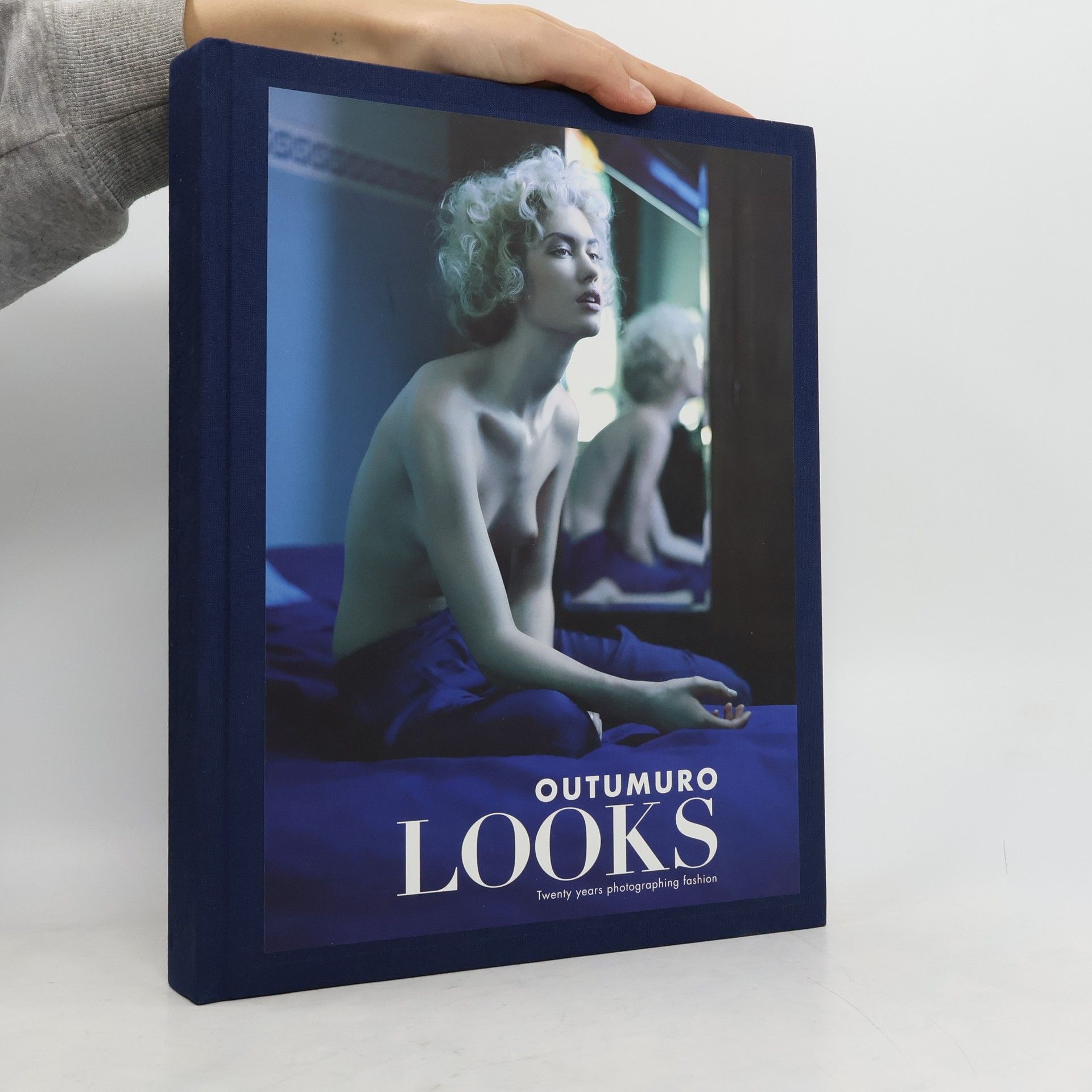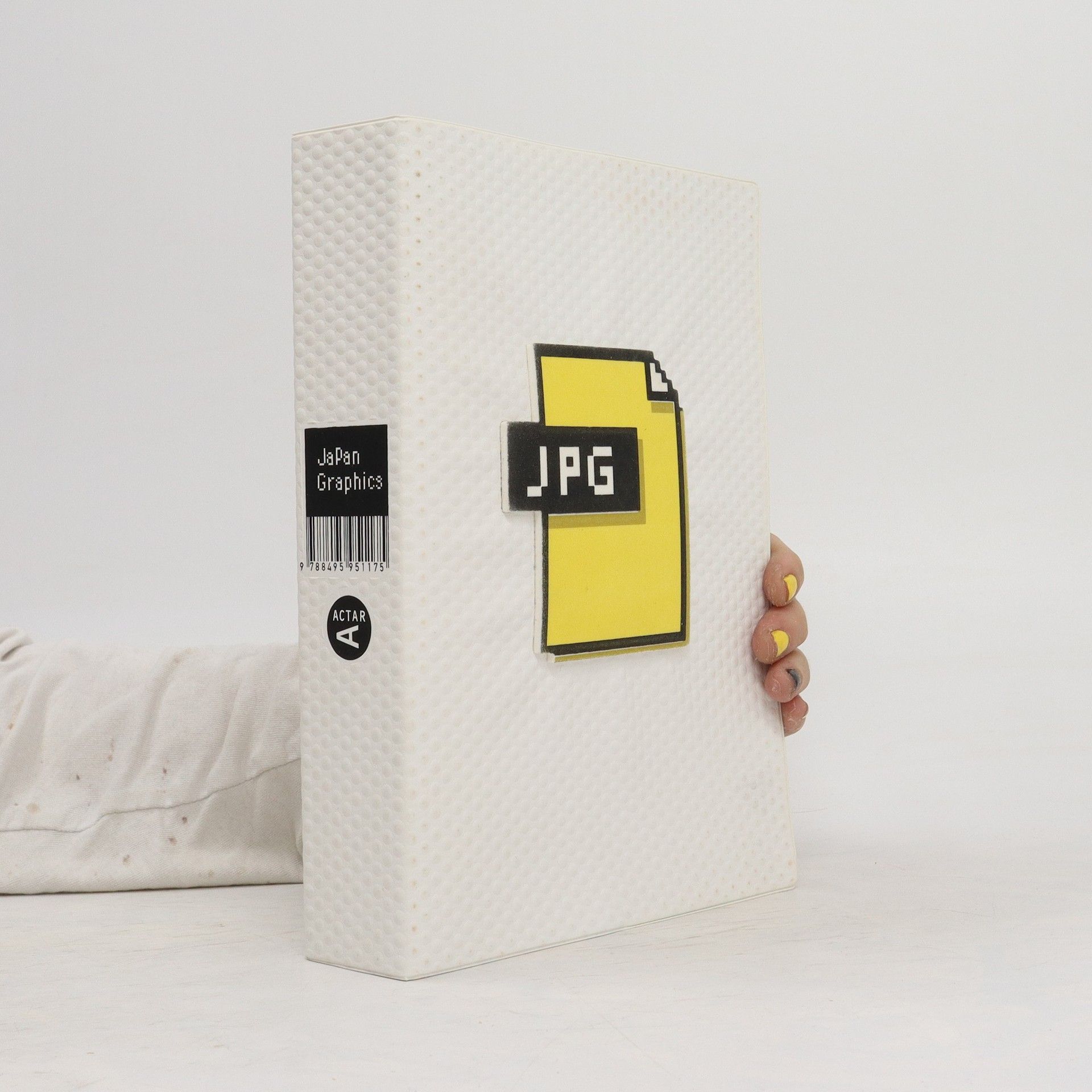JPG--a tidy twist of letters that refers to both Japanese graphic design and that ubiquitous form of digital image transmission, the jpeg. Here is the youngest generation of graphic designers in Japan, a motley, formidable group whose work reflects a remix of influences from the West and appropriations of local cultural expressions. JPG is about 3D and computer graphics, but also about other fields of visual culture, from printed matter to consumer goods to contemporary art. Organized around three poetically conceived categories--"Scanning the World," "Multiplying Out," and "Free to Browse"-- JPG acknowledges that design is everywhere. It is our space, our environment, and our experiences of the world; it is the media, it is the packaged and prepared food we eat, it is the cell phone we hold to our ear. JPG asks where all this design comes from, where it goes, and how we experience it--but in a specifically Japanese context, with all its possibilities for a more global application. With logos, illustrations, products, web sites, movies and more by the best of Japan's young design generation, including Cosmic Graphics, Dainippon Type Organization, G, groovisions, LOCKER ROOM DESIGN, MONO* crafts, Power Graphixx, rocketdesign, TGB and ZETVEI FONTS Edited by Ramon Prat and Tomoko Sakamoto. Flexibound, 6 x 9 in., 420 pages, 380 color illustrations
Ramon Prat Libros


Outumuro Looks: Twenty Years Photographing Fashion, 1990-2010
- 279 páginas
- 10 horas de lectura